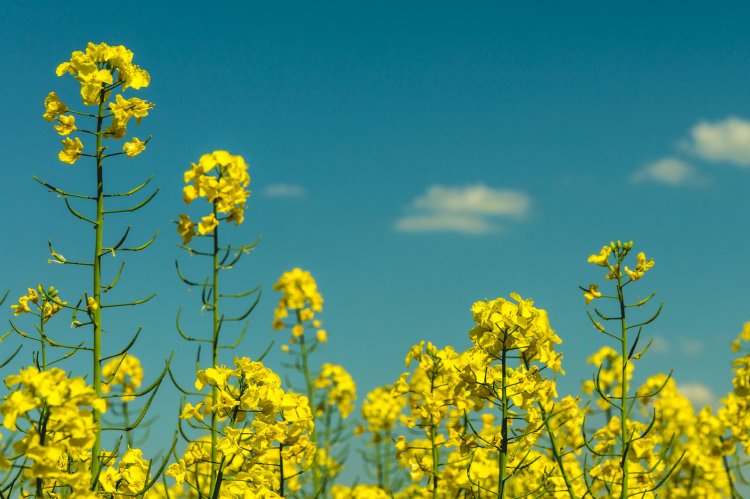Winter Oilseed Rape – December 2020
10 December 2020Diseases
Many crops have not received a light leaf spot fungicide treatment due to the conditions underfoot. If you have not managed to get a spray on you will just need to accept that the incidence of disease will be higher in the spring and try and manage accordingly then. There is a handy tool on the AHDB website to let you look at different scenarios on your farm. This lets you factor in the variety, region and sow date, and whether or not you applied an autumn spray to judge what infection levels will be like in the spring.
Spring fungicide treatments to manage light leaf spot should be applied as the crop starts to extend (welly-boot height) is traditional. Keep an eye on how light leaf develops as we come out of winter by walking crops to see if light leaf spot is visible so that you can inform your spring spray decisions. Incubate suspect leaves overnight in a plastic bag indoors so that you can check for the tell-tale ‘salt grain’ like spores.
Pests
Crops where there are gaps caused by slug damage, pests or patchy emergence are at risk from pigeons as they like a space to land in and nibble away at the crop. Keep an eye on crops and take measures to keep pigeons off where necessary.
Rape winter stem weevil grubs are now feeding away in several of our monitored crops. An insecticide application now won’t be able to control grubs that have already burrowed in the leaf petioles and stems of plants, so the gate is shut on weevil control for this season. Watch for a lack of stem extension in the spring.
Sign up to the FAS newsletter
Receive updates on news, events and publications from Scotland’s Farm Advisory Service

